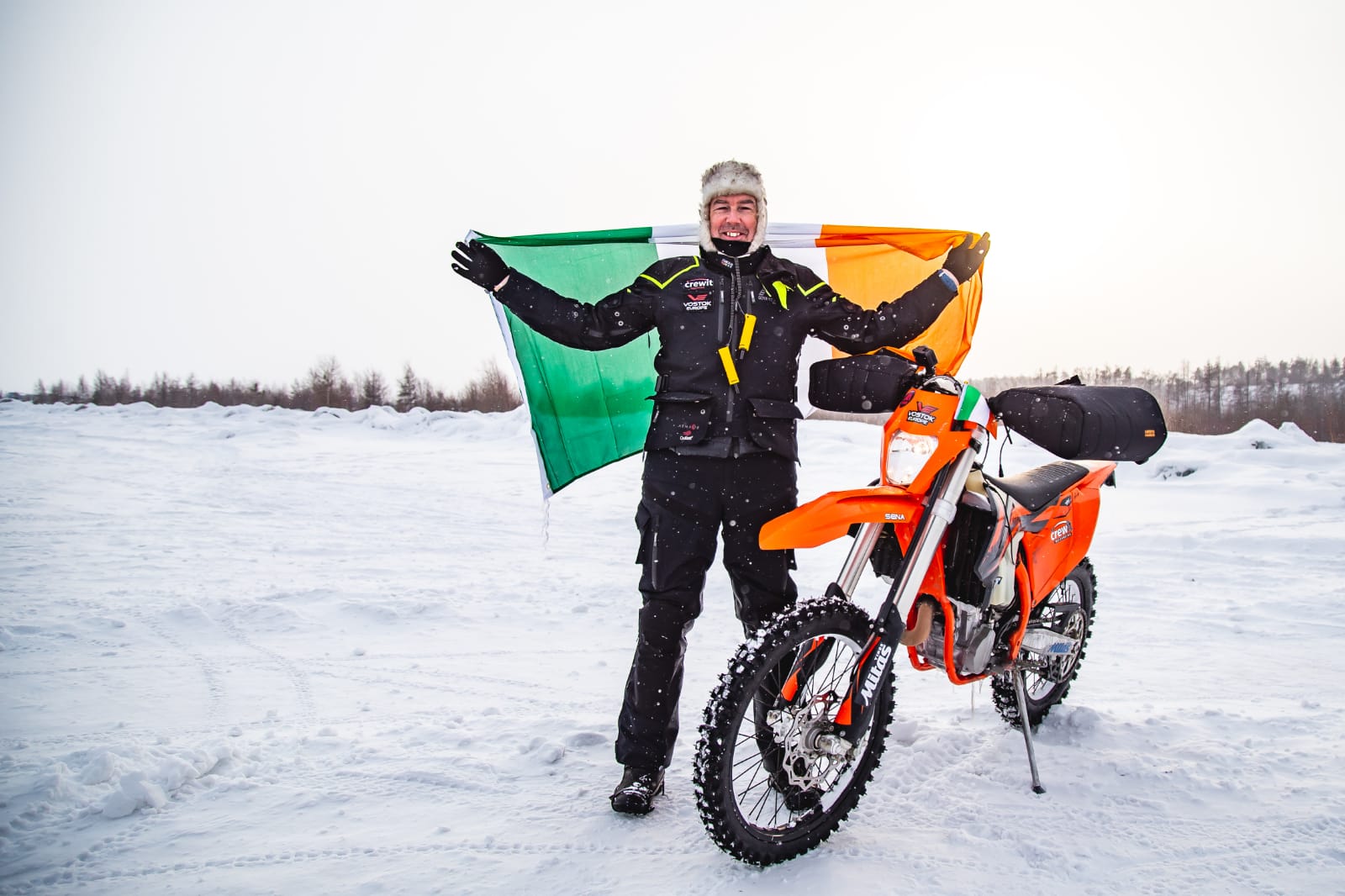The Baikal Project, Part Two
A Guinness World Record for the Longest Distance Traveled Off-road On Ice
Photos courtesy of the Baikal Project and Egidijus Babbelis
Imagine Russia’s Lake Baikal during the dead of winter: does it freeze over entirely or just in spots? Are the frozen areas smooth like glass or chunky with plates of moving ice? And what color is that ice: emerald green, azure blue or steel grey?
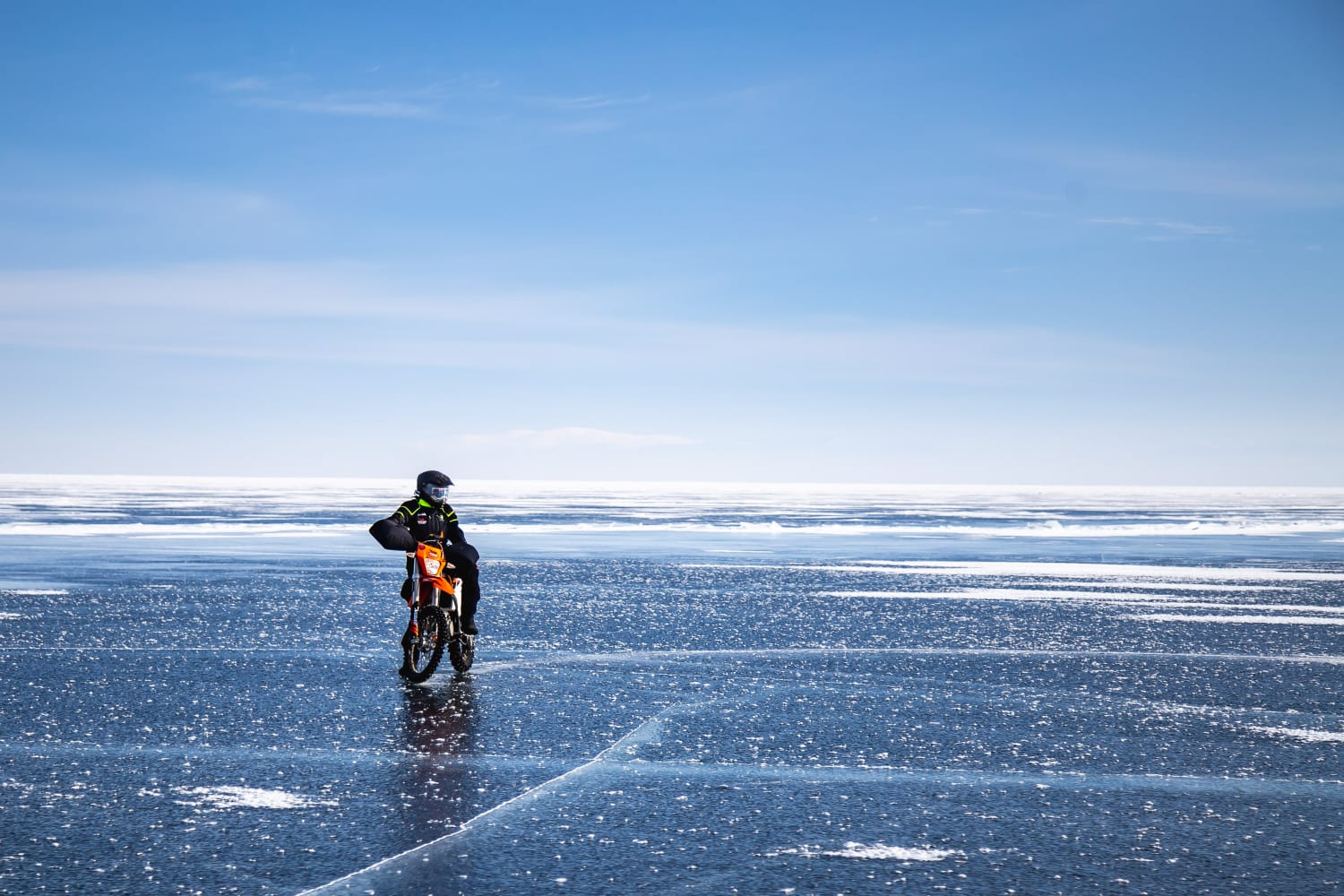
In February 2020, seven men found out all of this and more after crossing the world’s largest lake in the quest for two world records. 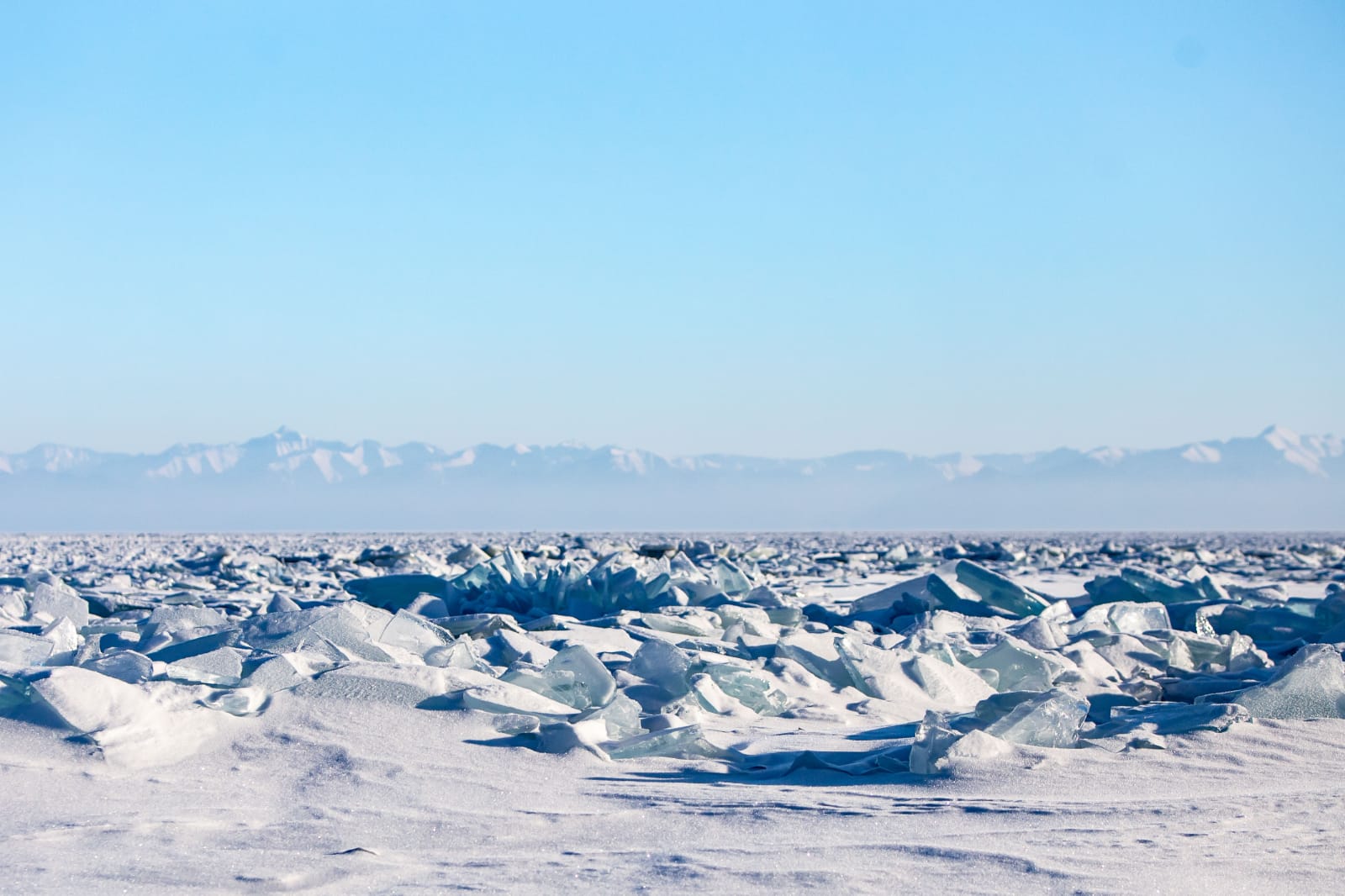

The Baikal Project team members consisted of six motorcyclists on KTMs and one UAZ van driver. Those on two wheels were Declan McEvoy and Kevin Emans from Ireland, Karolis Mieliauskas from Lithuania, Fritz Kries from Germany, Mariano Carloni from Argentina, and Mark Kemp from the UK. The drivers of the UAZ van were Gary O’Keeffe and his co-driver and coordinator John Quinn, both from Ireland, as well.

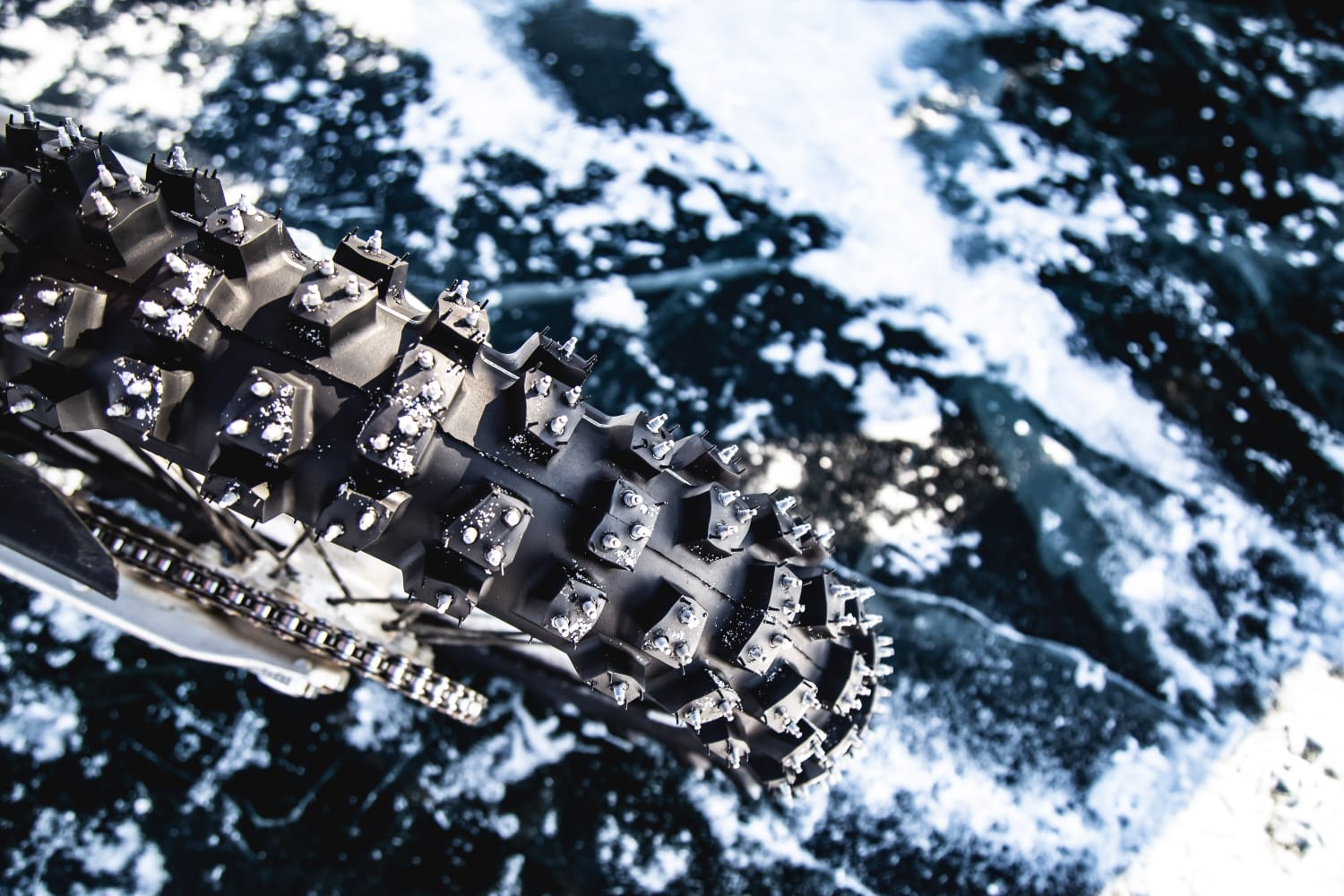
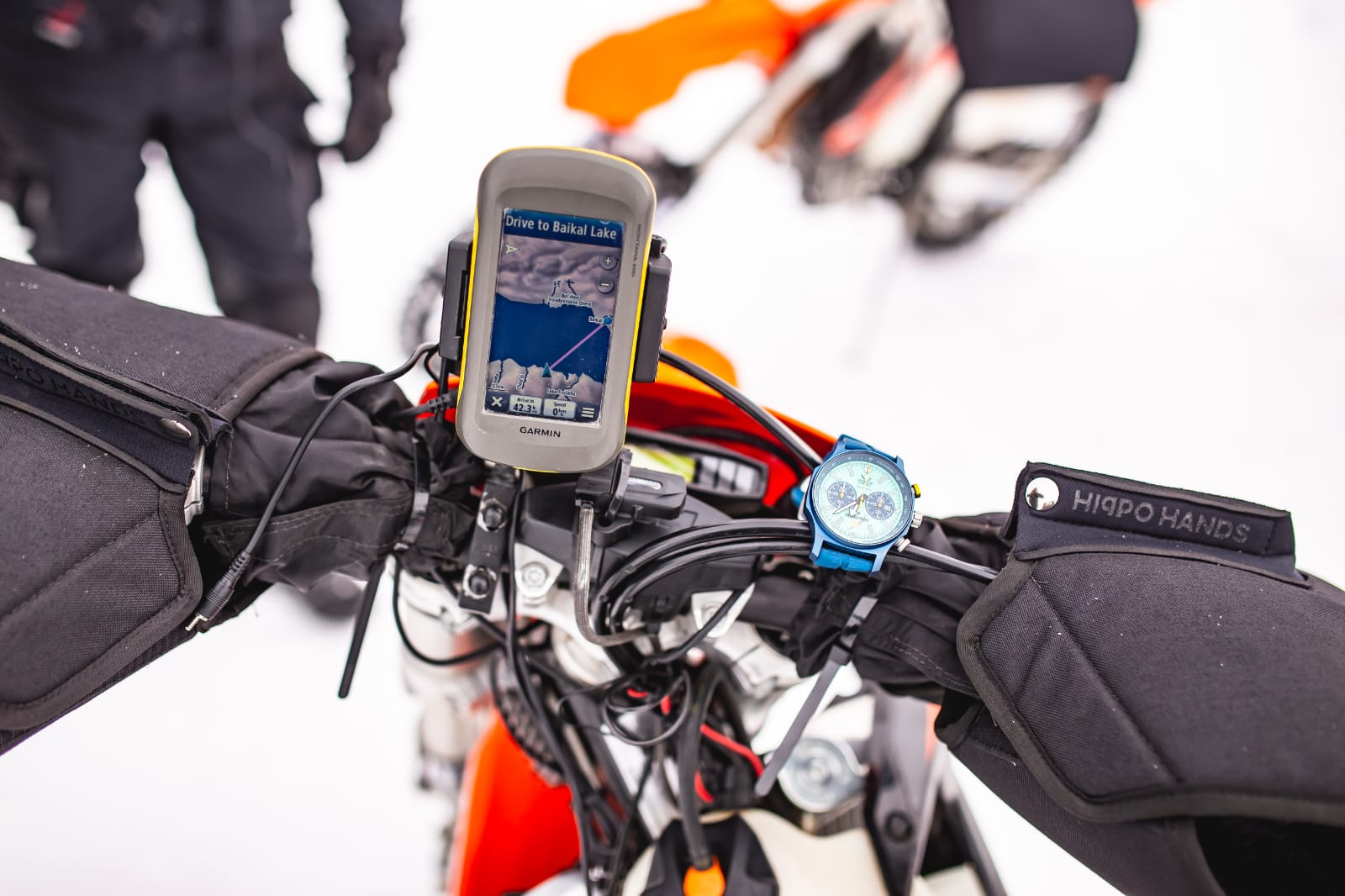
After two weeks between preparations for the record attempt and reaching their goal, the hardy adventurists are now in line to claim two Guinness World Records: one for “longest motorcycle journey on ice off-road,” and the second for “greatest distance covered driving on ice in one week.” The distance the Baikal Project team members needed to beat was over 700 kilometers (435 miles). They surpassed that target by nearly 100 kilometers (60 miles). These men know more about Lake Baikal now than they ever wanted to know. Some even have intimate, firsthand knowledge about what it feels like to fall through the ice when the air temperature is -20° Celsius (-4° F).
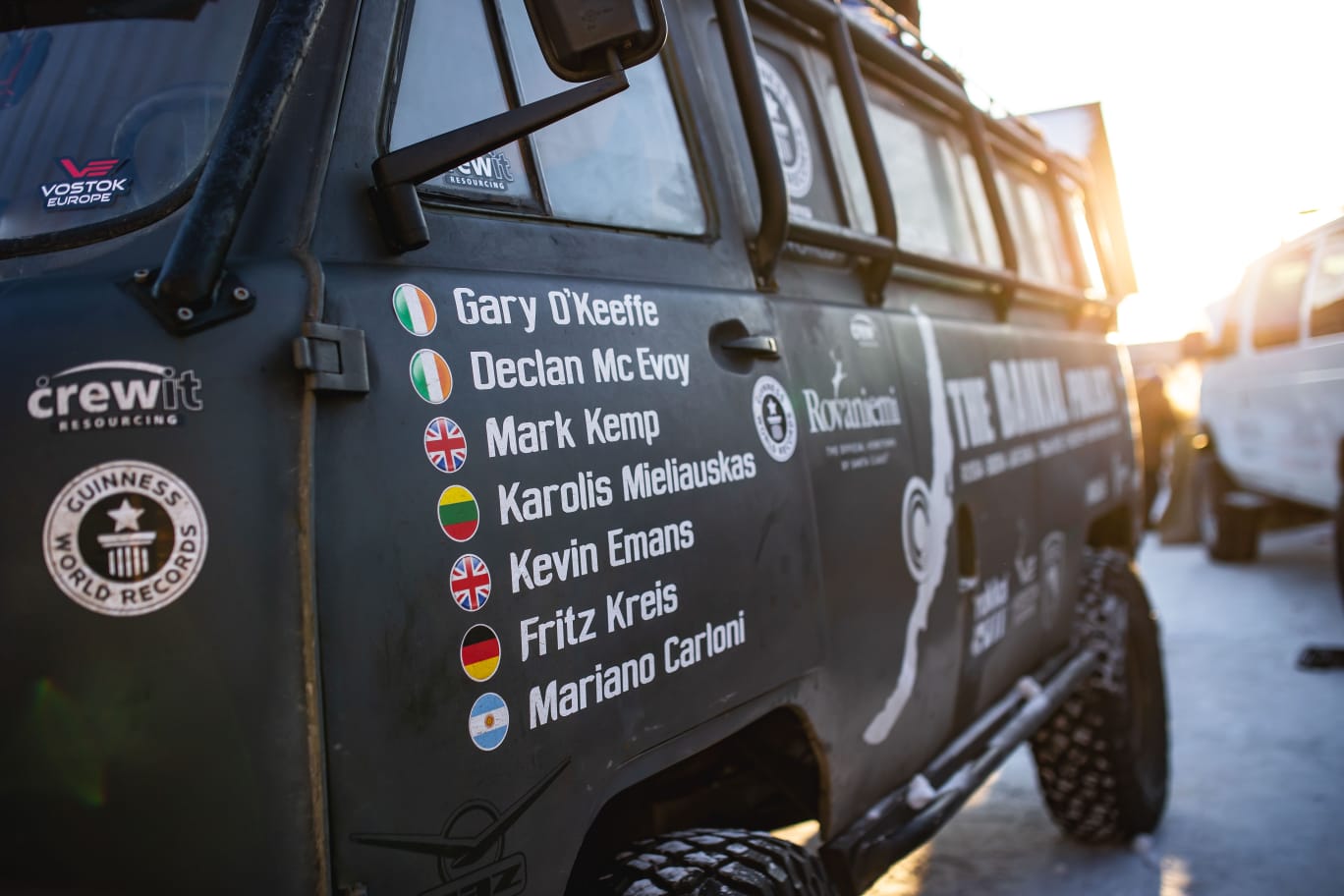
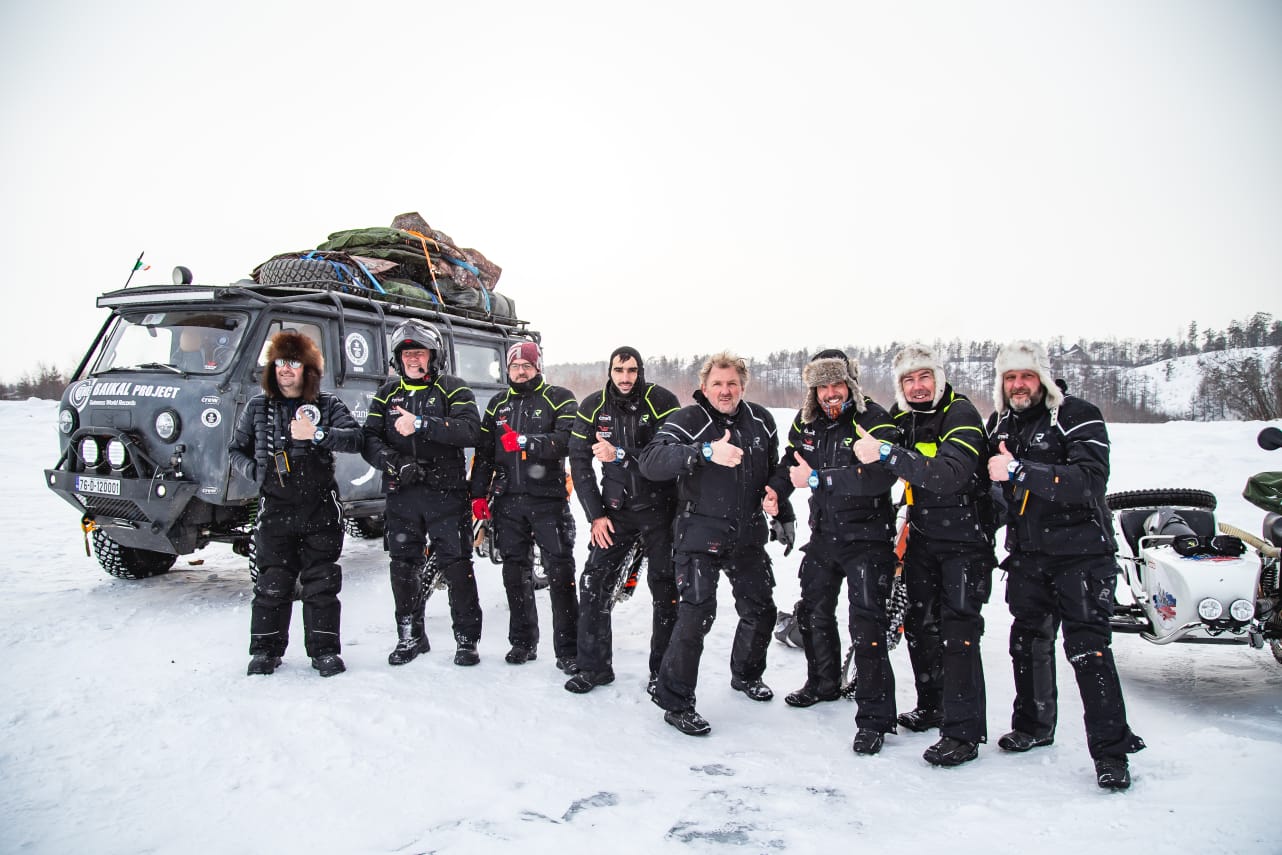
“I’m going to tell you,” Declan says over the phone from his home in Quin, Ireland, “one rider was involved in a very serious incident. That’s all I’m going to say. You’ll see it in the documentary.”
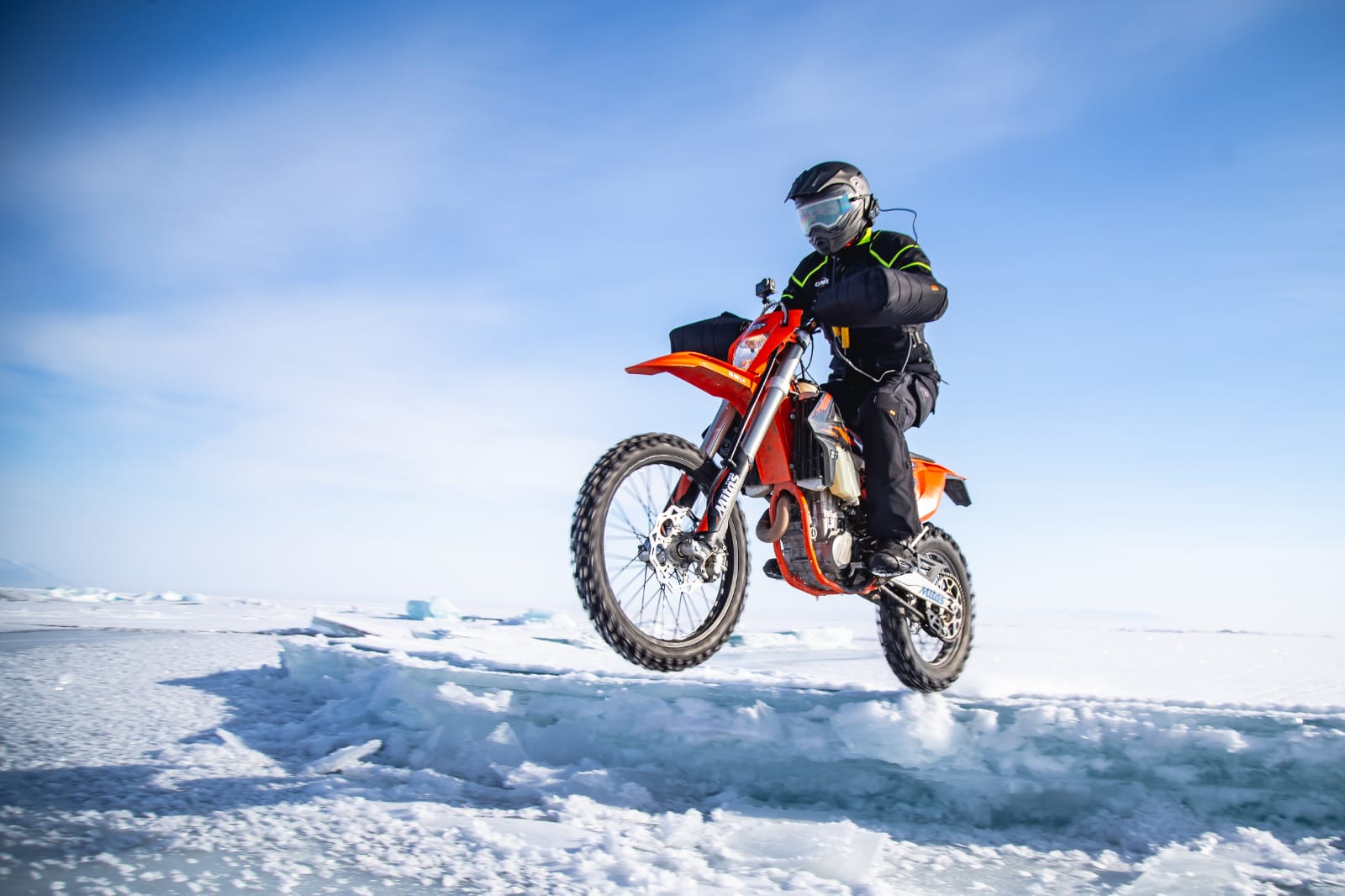
A film about the team’s journey across Lake Baikal is scheduled to be released as early as September 2020.

“Here’s an interesting thing referred to as ‘the Baikal dilemma,’” Declan writes to his WhatsApp followers while on Baikal, “when someone falls through the ice into the frigid waters below, do you pull them out immediately or do you leave them there?”
The correct answer is counterintuitive. Until all the rescue gear is arranged, you should leave the victim in the water.
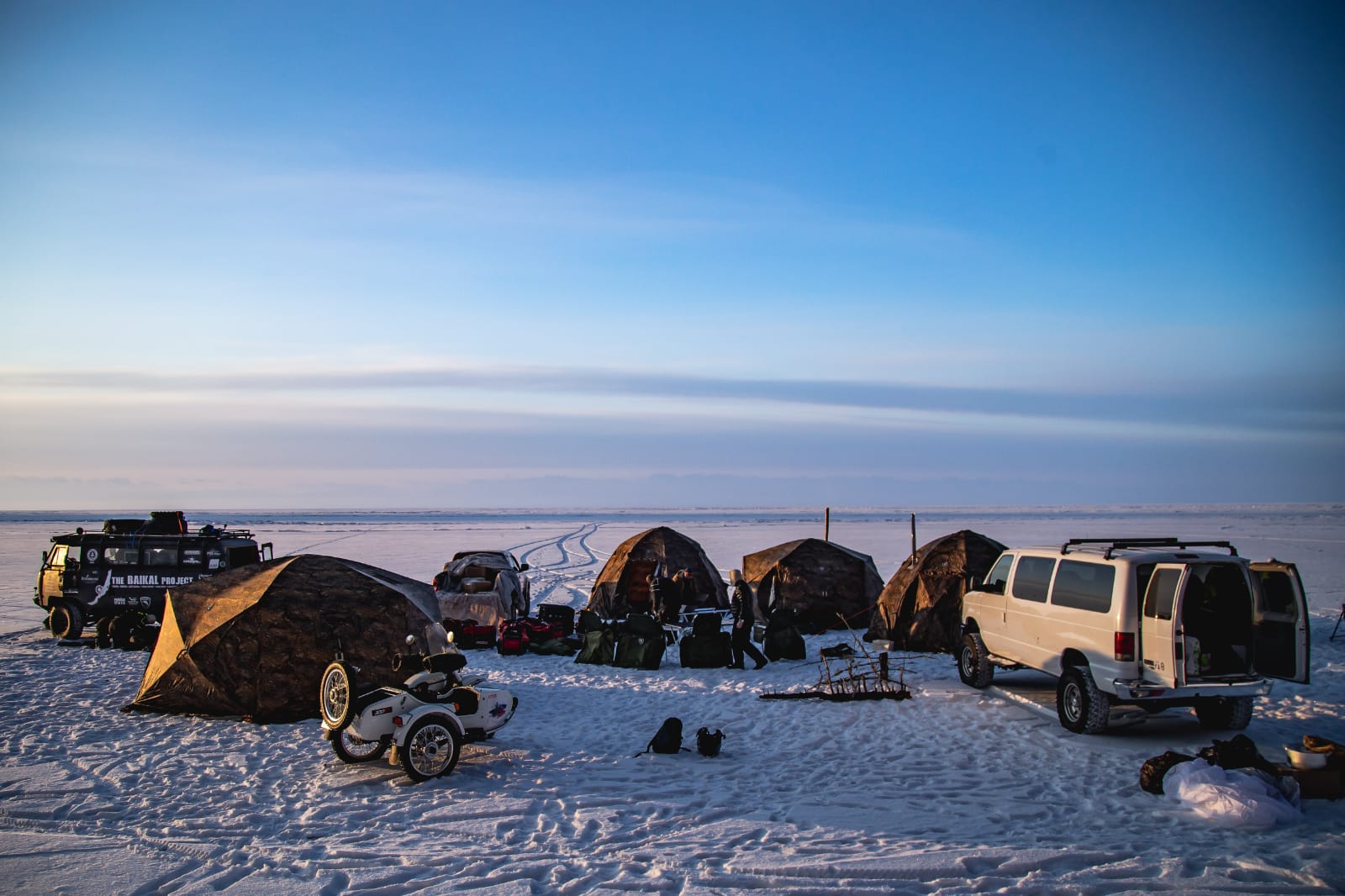
“The person will die much quicker after extraction from the water because of the tremendous wind chill on the surface,” Declan says. “They may last up to 10 minutes in the water but certainly less than five minutes on the surface if they are not tended to immediately. After extraction, they should be stripped completely naked from all clothing before the recovery process begins.”
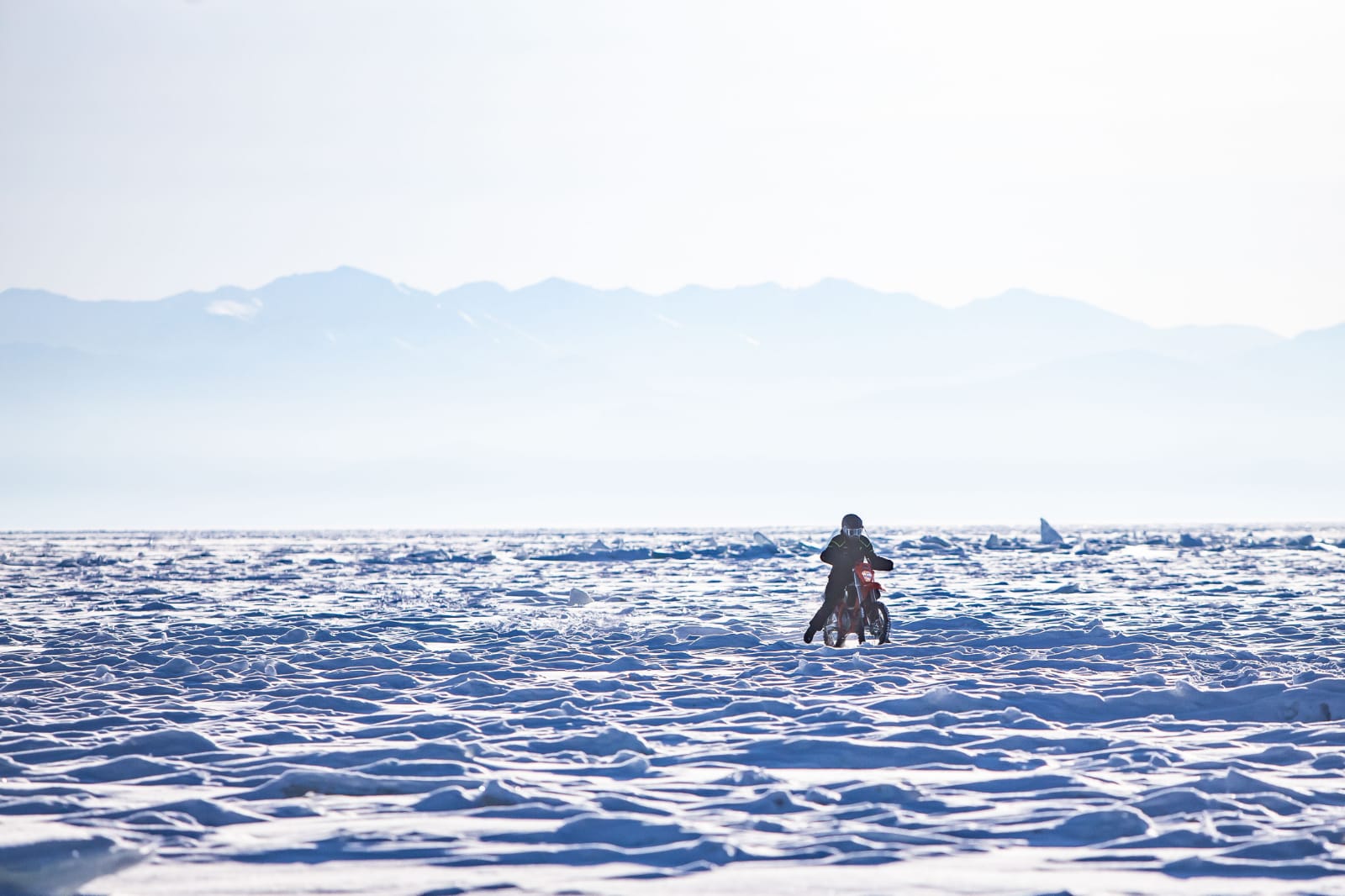
One of Declan’s biggest fears with his initial plan to cross Lake Baikal solo in 2019 was falling through the ice. Alone, he would have no one to help him out. If he was lucky enough to extract himself, what then? With many hands on deck for his second attempt on Baikal, falling through the ice was less life-threatening, but still a serious matter. Pre-trip self-evacuation training was put into place should this event happen during the team’s time on the ice.
“Earlier this morning,” Declan continues in the message, “we cut a large hole with a chainsaw in the 40-centimeter-thick ice. It will refreeze to about 3 centimeters by 4 p.m. Two of us have volunteered to take part in some interesting experiments whilst fully suited and booted.”
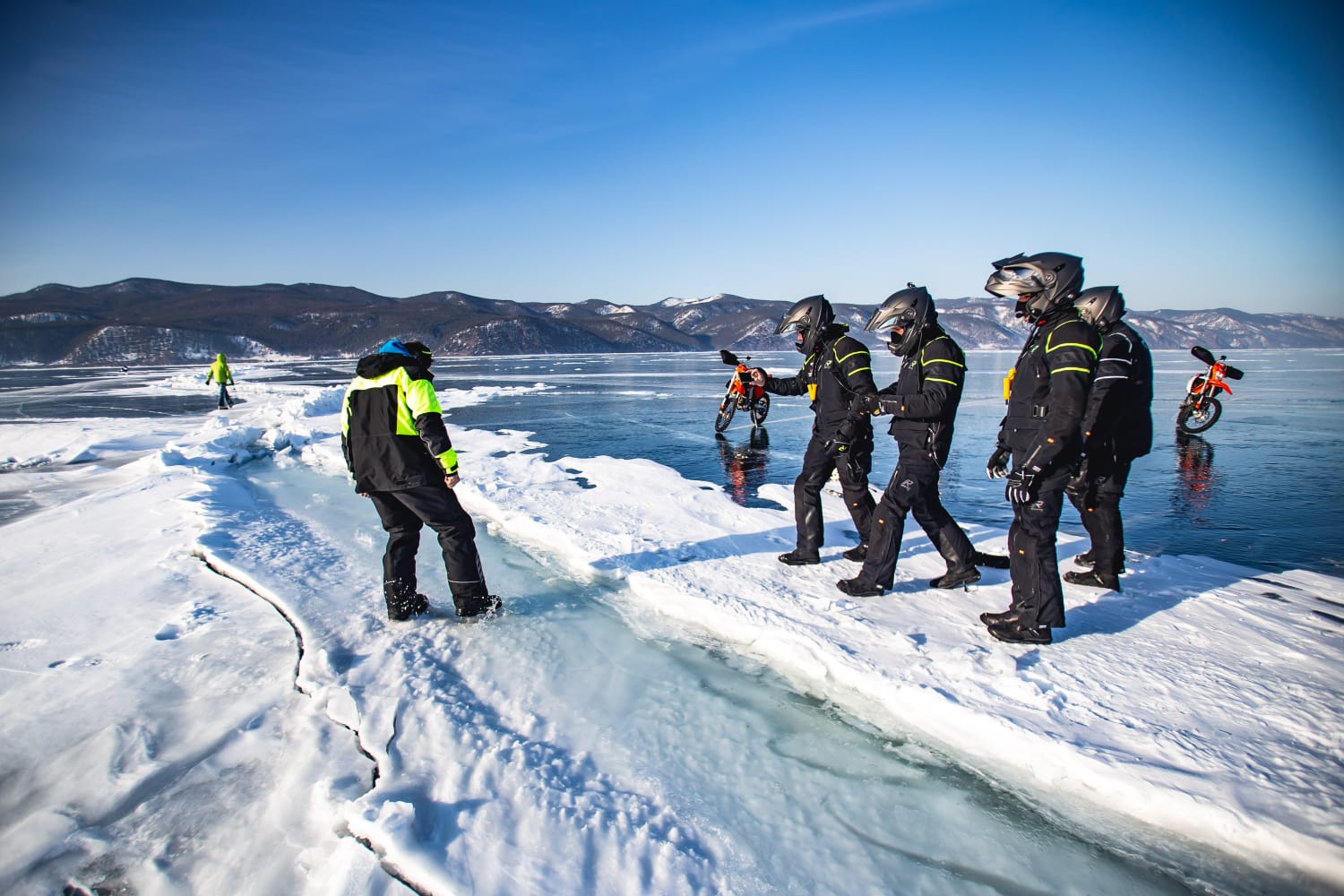
Scrolling down, I find a video of Declan fully-clad in motorcycle gear—including a full-face helmet—casually walking toward a hole in the ice about 3 feet in diameter. Without hesitation, he strides forth and plunges into the water, bobbing quickly to the surface. In preparation, Declan had palm-sized ice picks on a coil tether through his jacket sleeves like a child’s mittens. Using the picks, he stabs at the snow-covered surface of the lake and pulls himself out.
“Always wear ice picks,” he tells us.
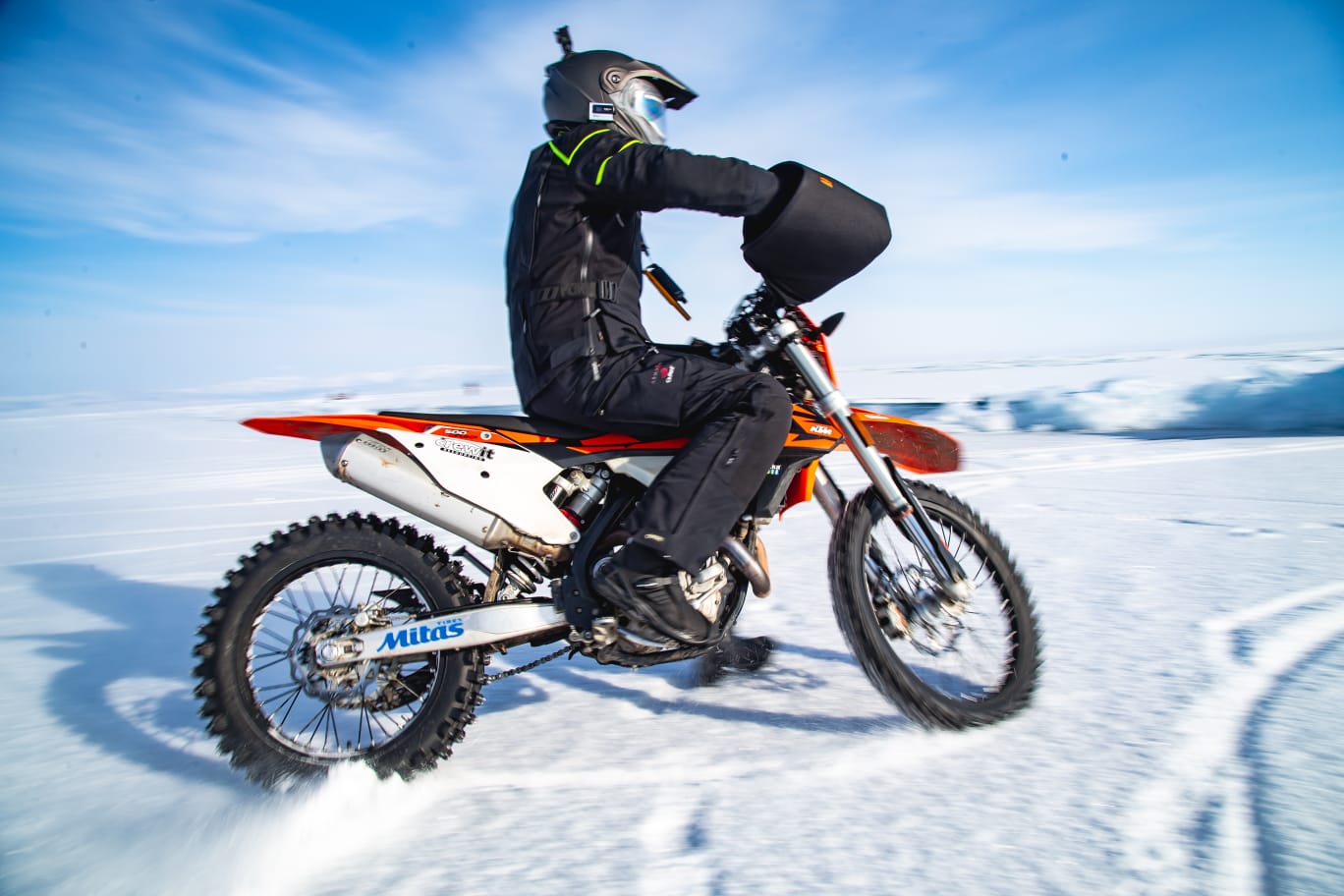
Declan felt the KTM 450s and 550s used for the expedition were the perfect bikes for the Baikal Project, but they had limitations just as any mode of transport would in such frigid temperatures.
“We were spoiled to have these machines,” he says of the KTMs, “but the batteries were useless in cold weather. If you turned the key off but not the heated grips, after five minutes, forget it.”
The batteries would need to be jumped from the UAZ or whatever other vehicle the team could find on the lake. Declan goes on to explain some of the specialty gear they required.
“Of course, you can never do a ride like this without a heated visor,” Declan says. “If the visor becomes disconnected, you’ll know right away.”
The visors will easily fog up when the outside air temperature combines with the rider’s breath on the visor’s cold surface.
“Anytime you exhale, that breath is going down into the mechanism that keeps the helmet closed, and it would lock. The only way to release it—which I did with one of my colleagues—was to literally box him on the left cheek and the right cheek at the same time, repeatedly over and over. Eventually, I could open up his helmet. You wouldn’t want to be claustrophobic.”
Despite jumping into frozen lakes and getting boxed repeatedly upside the head, Declan says the actual act of doing the Baikal Project was easier than its planning stages.
“My wife said to me, ‘you were away on that trip for three weeks, but you may as well not have been here for the previous three months,’” Declan recalls. “Planning was harder but much assisted by another Irish man by the name of John Quinn, who worked determinedly to pull it all together.”
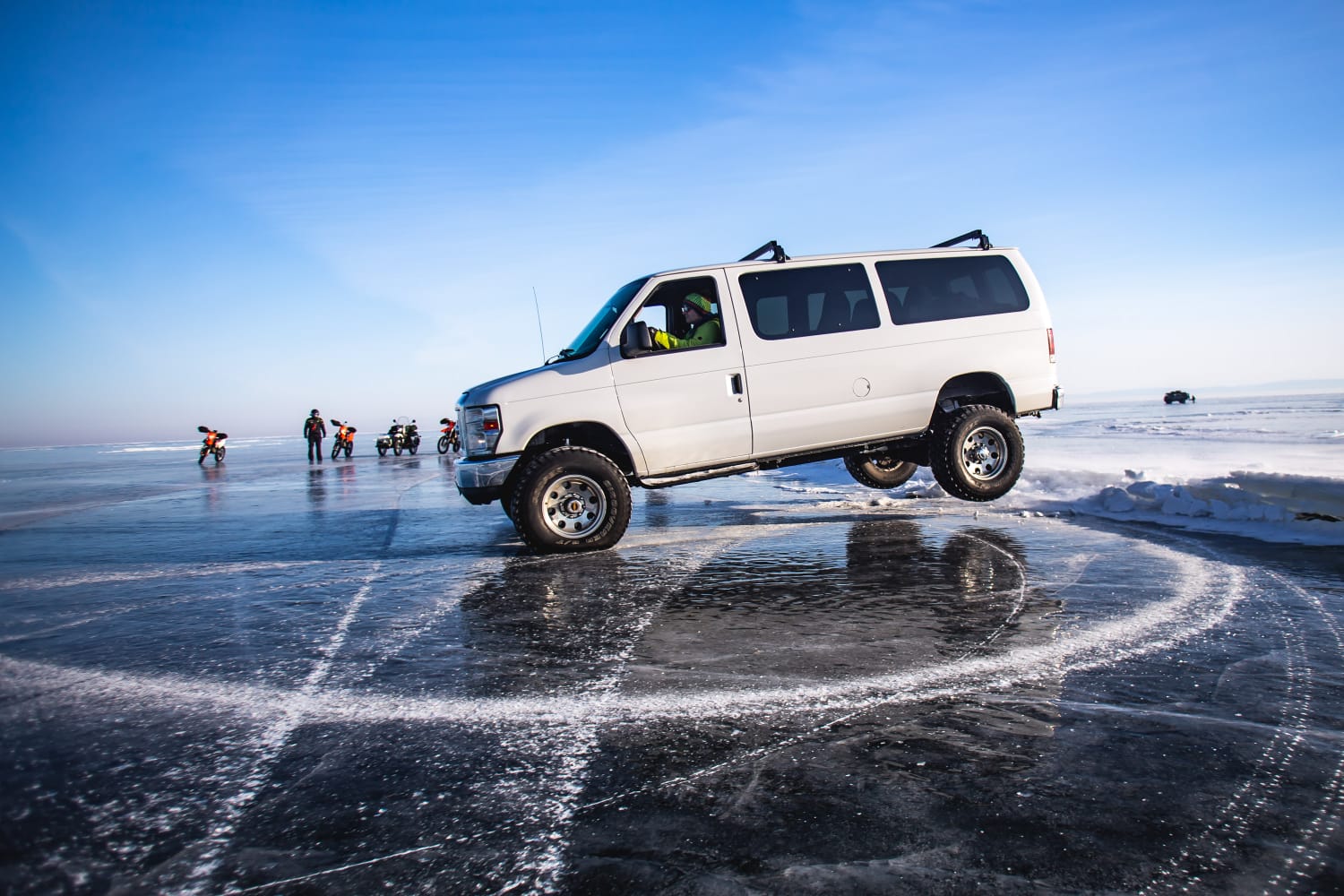
The team used Skype calls to plan logistics, which were hard to organize when everyone was stationed all over the world. The calls themselves could be poor quality, and not everyone could make the meeting times.
“We couldn’t just sit down over a cup of coffee and plan,” says Declan. “If I look back, we really could have done things better but, look, everybody learns, and for future projects, maybe we’ll figure out a more efficient way.”
Once he was on the ice, the rest felt like déjà vu to Declan.
“You know when you plan something out and rehearse it in your mind,” he explains, “then when you do it, it’s what you planned it to be? [The Baikal Project] was as easy, as hard, as long, and as short as I thought it would be. Maybe I had the added advantage over some of the others. I had been there; I knew what it would be like. I’d cycled across it the year before on a bicycle, which made me a bit more conditioned as to how it was going to be.”
Regardless, Declan says he never got used to the cold.
“I don’t think that’s possible,” he laughs. “We had -22°C (-8°F) by day and -32°C (-25°F) at night. We were fortunate to have been provided very good gear by Rukka, and the gear was top. Still, we had blue toes and blue fingers on various days.
“One time after a really hard day, there was a thermal hot spring available to us at night a kilometre from our lodging. When we lowered ourselves into in, all you could hear for at least five minutes was, ‘Oooohhh, man that’s gooood!’ Totally in contrast to what we were at all day. It was just incredible. The notion of being warm was something I craved many times a day.”
Declan describes the wind chill curve and how it was affected by speed.
“If you’re riding at 50 kmph, it can feel like -40°C (-40°F). If you ride 100 kmph, it can feel like -70°C (-96°F). How fast we rode was dictated by the terrain.”
The ice at the southern part of the lake—where the team started—was clear and smooth. Riders could get their speeds up high if they could stand the cold.
“One time, just to be a brat,” Declan says, “I was riding with my chin on the handlebar, throttle to the stopper, for three minutes to see what would be [my] maximum speed.” He clocked 138 kmph (85 mph). “Man, at that speed, it was so goddamn cold.”
There are many places on the lake called ‘ice fields’ where the ice breaks up during a storm, and riders must move slowly around frozen obstacles.
“You can get 2-inch-thick ice plates standing 2-3 feet into the air—really crazy stuff. You’re trying to navigate around the ice fields, but sometimes you must navigate through it, and that’s in first gear, falling off the bike many times,” Declan says. “You’re sweating big time, and of course, sweat is a really big problem because later on, when you come back out into faster [riding] conditions, the sweat then freezes.”
Snow made the going a lot tougher as the team traveled north.
“When you can see the ice, you get to understand the integrity of it,” Declan says, “but if that’s all covered in snow, then you’re riding blind. In the northern part of the lake, we had heavy snow—sometimes up to the front axle of the motorcycle. In those conditions, you’re dropping back into third [gear] and maybe doing 30 kmph (18 mph). [Then] wind chill isn’t so bad—maybe -30°C (-22°F) to -35°C (-31°F).”
The team’s experience was enriched by Lake Baikal’s culture.
“All the various people you meet in the tiny little places along the side of the lake—I just really value those moments. Those experiences are incredible; you remember back to it and smile. We would drink with them. They sang Russian songs, and we’d sing our songs, then we’d try to sing Russian songs, and we made fun of each other. Yeah, it was just really good.”
The question remains, as it did at the beginning of the Baikal Project, of who actually receives the World Record title? With seven team members having achieved the crossing in excess of 700 kilometres (435 mi), it was most certainly a group effort, and not just one man’s winning alone.
“The record is for the team,” confirms Declan, stating there was no easy way to put down just one name, so it will be recorded as “The Baikal Project.”
Although Declan McEvoy and his team members earned two Guinness World Records on February 22, 2020, his voice hints at unfinished business by the end of our interview.
“I have to go back,” he says convincingly. “The first time I tried solo and failed. The second time was with a team and we made it, but I really feel I need to go back solo. The sense of achievement is tenfold when you do it yourself. When you are the architect, the engineer, and the executioner of a fantastic plan, it’s you and you only—nobody can ever take it away from you. There’s a huge difference between being a solo adventurer and being part of a team.”
To date, no one has crossed Lake Baikal solo on a motorcycle. Another world record awaits.
